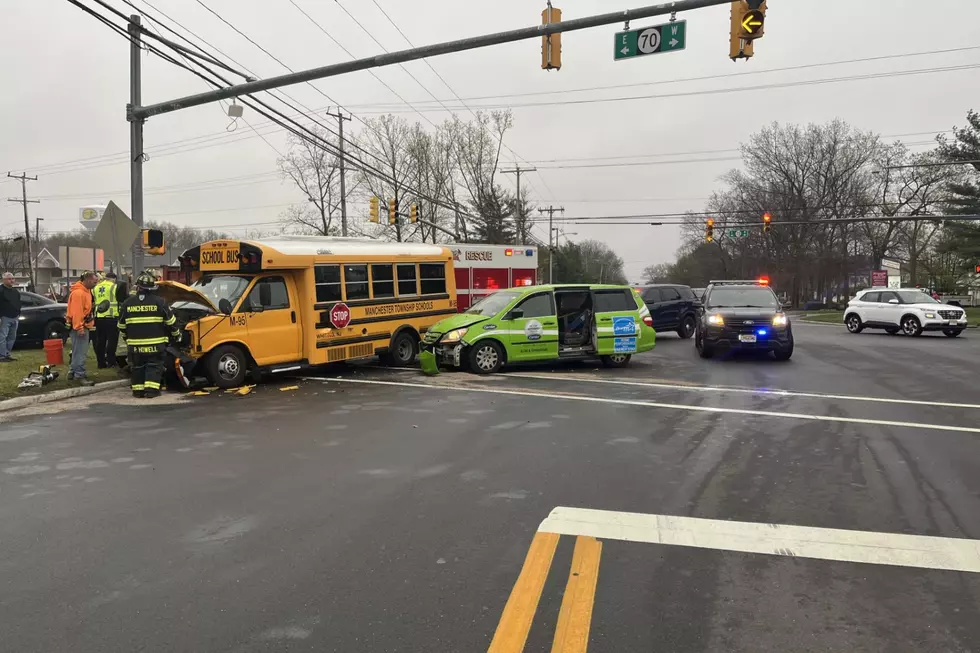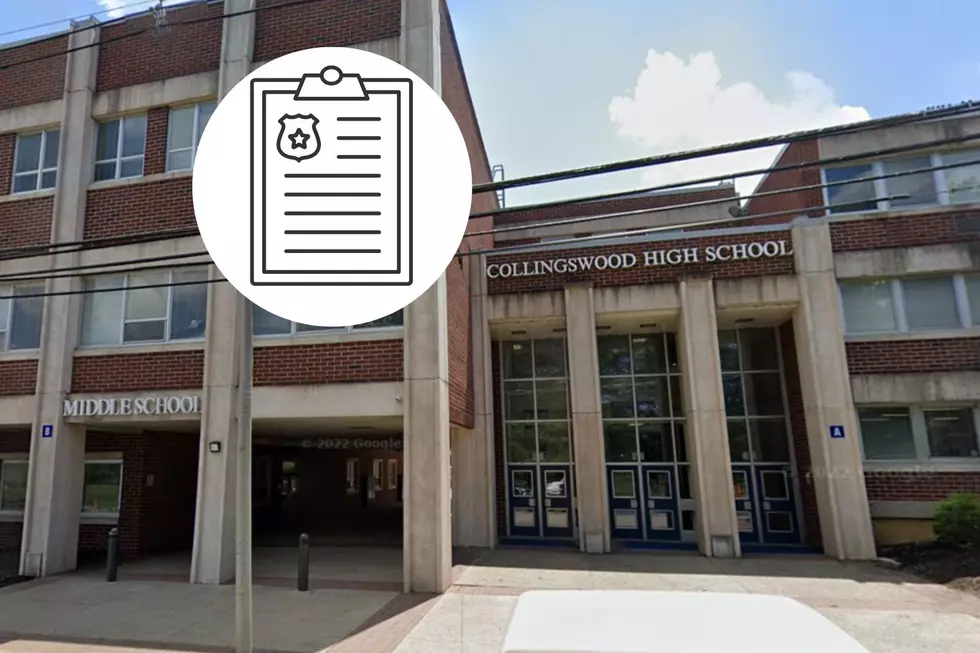
Feds expect light hurricane season
NEW ORLEANS (AP) -- With six to 11 named storms predicted, this year's hurricane season may be slower than average - but officials say that's no reason for Atlantic and Gulf coast residents to rest easy.
"Now is the time to start thinking ahead of the season. ... Get ready before the bad events are coming down on you," Kathryn Sullivan of the National Oceanic and Atmospheric Administration said Wednesday as the group released its forecast for this year's season, which begins June 1 and ends Nov. 30.
Here are some key things to know about the forecast.
WHAT ARE THE NUMBERS?
The hurricane center's specialists expect:
- Six to 11 named storms - tropical storms or higher, with top sustained winds of 39 mph or more.
- Three to six of those will develop into hurricanes, with top sustained winds of at least 74 mph.
- Zero to two will be major storms of Category 3 or higher, with winds of at least 111 mph.
From 1981 to 2010, the average has been 12 named storms, 6 hurricanes and three major hurricanes per year.
JUST HOW ACCURATE IS THIS FORECAST?
Forecasters give this forecast a 70 percent degree of accuracy. That means they acknowledge there's a 30 percent chances the numbers might fall outside the range they've given.
But, since new climate models were developed in 2008, "we've been right five of the last six years," said Gerry Bell, lead scientist in NOAA's seasonal hurricane office.
Phil Klotzbach, lead author of the seasonal forecasts put out by the Tropical Meteorology Project at Colorado State University, said NOAA does a good job. "Basically, their seasonal forecasts and ours are very, very comparable," he said. In 2013, he said, both groups predicted a very active season, and both were wrong.
Last year's predictions, with the actual numbers that occurred were:
- Eight to 13 named storms forecast; eight happened.
- Three to six hurricanes forecast; six happened.
- One to two major hurricanes; two happened.
Even more important, Sullivan said: Forecasts of where a specific storm is heading and the likelihood that it will hit shore have been "spot-on in the last couple of years." Those predictions are made as the storm moves over the ocean.
HOW DID FORECASTERS ARRIVE AT THE NUMBERS?
Bell said they're based on these factors, with the first being most important this year:
- El Nino and La Nina: warming and cooling of one part of the central Pacific.
- A much longer temperature swing, lasting 25 to 40 years, in part of the North Atlantic, coupled with changes in the West African monsoon.
- Temperature changes in the Atlantic independent of climatic factors.
WHERE WILL THIS YEAR'S HURRICANES HIT?
Nobody knows. The numbers are based on global climate patterns and can't zero in on anything that fine. Once a storm forms, meteorologists can measure its winds and other weather patterns to let them estimate where it's heading.
Sullivan noted that when Hurricane Arthur headed toward the East Coast last July 1, the area evacuated was "in pretty tight limits" around Cape Hatteras, North Carolina.
"Ten years ago, we would have evacuated pretty much the entire North Carolina coast, and possibly the South Carolina coast," she said.
WHAT IS THE BIGGEST DANGER?
"It is the water that kills, not the wind, in a hurricane," Sullivan said.
The National Weather Service will provide graphics indicating which areas are at risk of flooding from storm surge - water pushed inland by hurricane or tropical storm winds. These won't be official warnings, but will be color-coded to help people estimate how deep the water is likely to be in their neighborhoods.
The maps, which were first offered last year, are being expanded but are still considered prototypes.
WHEN AND HOW DO I PREPARE?
Federal officials emphasized Wednesday that it takes only one storm to wreak havoc on an area, even when the season's predictions are low. Sullivan pointed out that 1992 was a below-average season - but the first storm that year, Andrew, affected Florida for decades after its landfall.
Officials say that those who don't have a plan should get to work now. Instructions and lists can be found at ready.gov/hurricanes .
(© 2015 The Associated Press. All rights reserved. This material may not be published, broadcast, rewritten or redistributed)
More From New Jersey 101.5 FM









